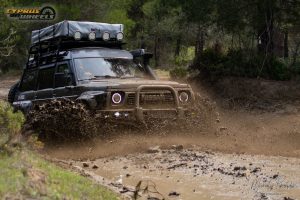
AWD, Four Wheel Drive, you hear all these terms being thrown around all the time but do you know how they work? or how each layout affects vehicle dynamics? If not you are in luck cause we are about to give you a brief overview under our new section ‘Engineering on wheels’.
The selectable 4WD
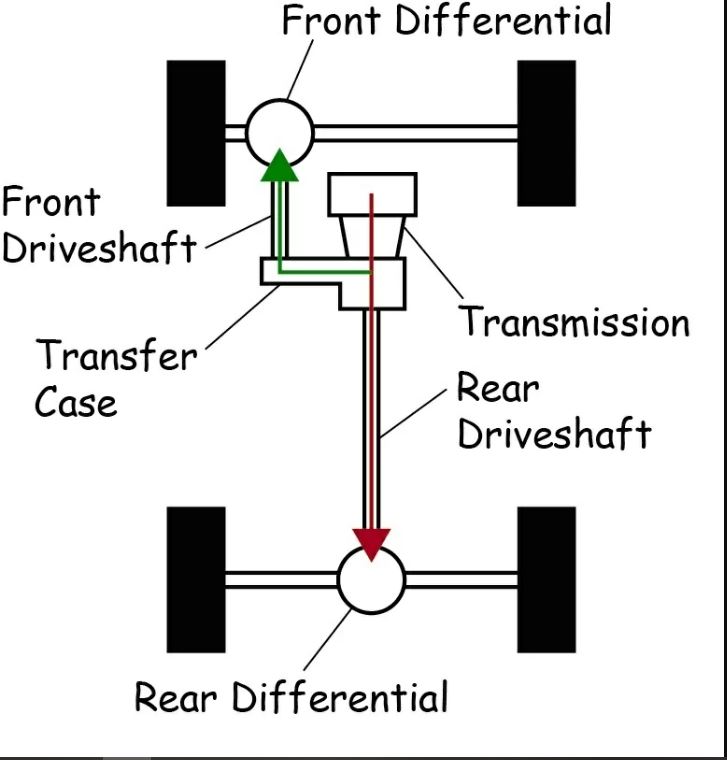
As the title implies in this setup, users can select between purely a two-wheel drive mode or a four-wheel-drive mode. Thus all four wheels get power. The most common way of doing this is by utilizing a transfer case to transfer power to the axle that is not already driven.



All time AWD

All-time AWD such as the one found in Audi’s Quattro, Almost every Subarus, Evo’s etc. Works similarly as the beforementioned 4WD system, only this type in order to be able to turn like a sports car, manufacturers have come up with different solutions to combat the understeer caused by the basic 4wd systems. Below we are going to explain some of these systems but there are enough systems out there to write a book about!
Variations of all-time AWD drive systems.

By using a centre differential instead of a simple transfer case, the torque can be split either completely mechanically like the original Quattro, or electronically assisted like the Mitsubishi evolution or even a complete electronic system found in the likes of Lamborghinis or most hybrids out there.
Pure mechanical AWD systems

Like the one found in the original Audi Ur Quattro usually operate on a 50:50 split. But with the use of torque-sensing differentials such as Torsen diffs, it is possible to have a variable distribution of the driving torque between the axles. On a Torsen differential, the two output gears are interconnected by worm gears. They limit high differential rotation speeds, but still, balance the speeds when cornering.
Electronically assisted Awd systems
Like the ones found in Evo’s, combine the simplicity of the mechanical system with the flexibility of modern-day electronics. The active central differential or ACD as Mitsubishi calls it uses multiple discs similarly to an LSD, but instead of relying on loss of traction to lock up. It electronically controls the clamping force on the discs to match driver input and vehicle operating status.

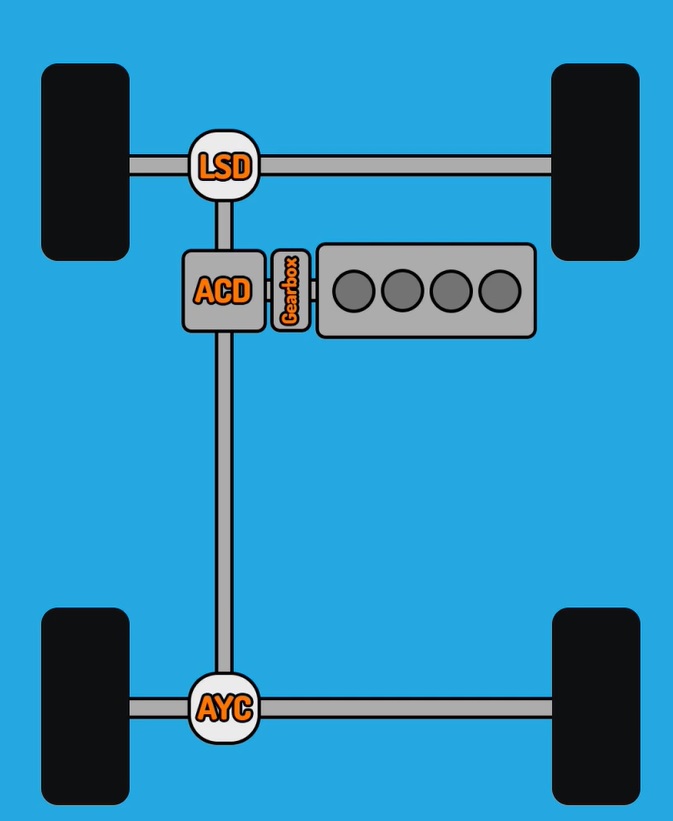
To simplify, on hard acceleration the diff is completely locked up and equally transfers power on all wheels whilst on cornering it allows for some slippage and acts virtually as an open diff to improve cornering while retaining AWD levels of traction.
This also allows for pre-setted modes such as snow, gravel, or tarmac, to be programmed to achieve the best handling in any scenario.
Partial AWD systems

like the one found under an Audi Quattro TT rs Golf R or a Focus RS, are systems that focus (pun intended) more on the driving dynamics rather than the need to drive all wheels at all times.
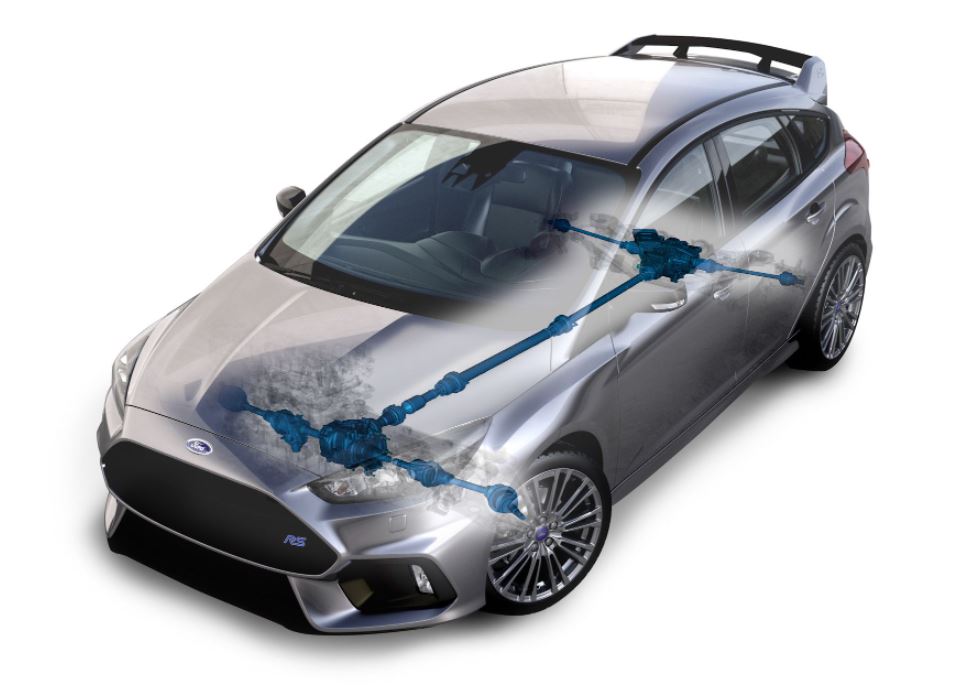
Allow me to elaborate, A partial AWD system like the one under the Ford Focus RS during normal driving (city driving, highway cruising) is a strictly Fwd affair. But if the car detects wheel slippage it will engage the rear differential. In track mode or Ford’s famous drift mode, the RS can send all its power to the rear wheels, resulting in awesome drifts!
Electronic All-wheel drive
But why bother with the dark science of matching gear ratios, slippage ratio, oil viscosity pinion angle, and a plethora of gears and clutches when you can put an engine on one axle and an electric motor on the other?
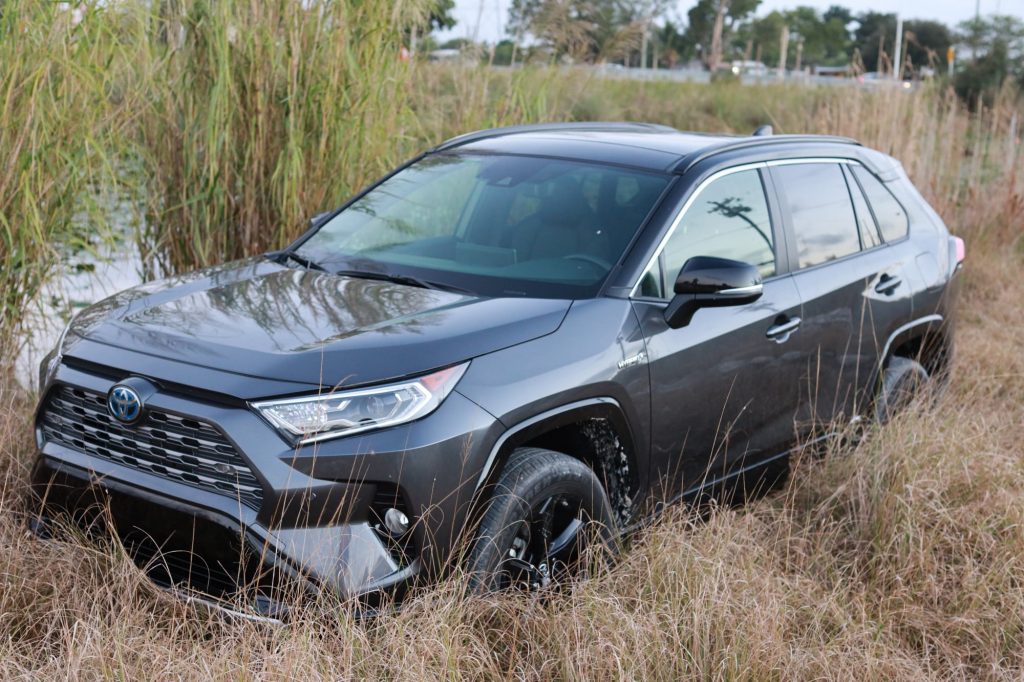
Well unless math turns you on (it does) that is exactly what modern era car makers are doing.

An excellent example of using this method for efficiency as well as maximum off-road capability is the new Toyota Rav-4 hybrid. Which drives the rear axle strictly by the use of an electric motor. That only intervenes when loss of traction is detected or is selected by the driver.

Lastly, an awesome engineering exercise that uses this layout for outright speed, ridiculous cornering force and mostly scaring people that can afford it. Is the Porsche 918.
This plugin supercar is mid- engined, with a rear wheel drive layout but has an electric motor powering the front axle. The electric motor in conjunction with the turbocharged v8 gives the Porsche a total of 900 wheel horsepower. Just bonkers.
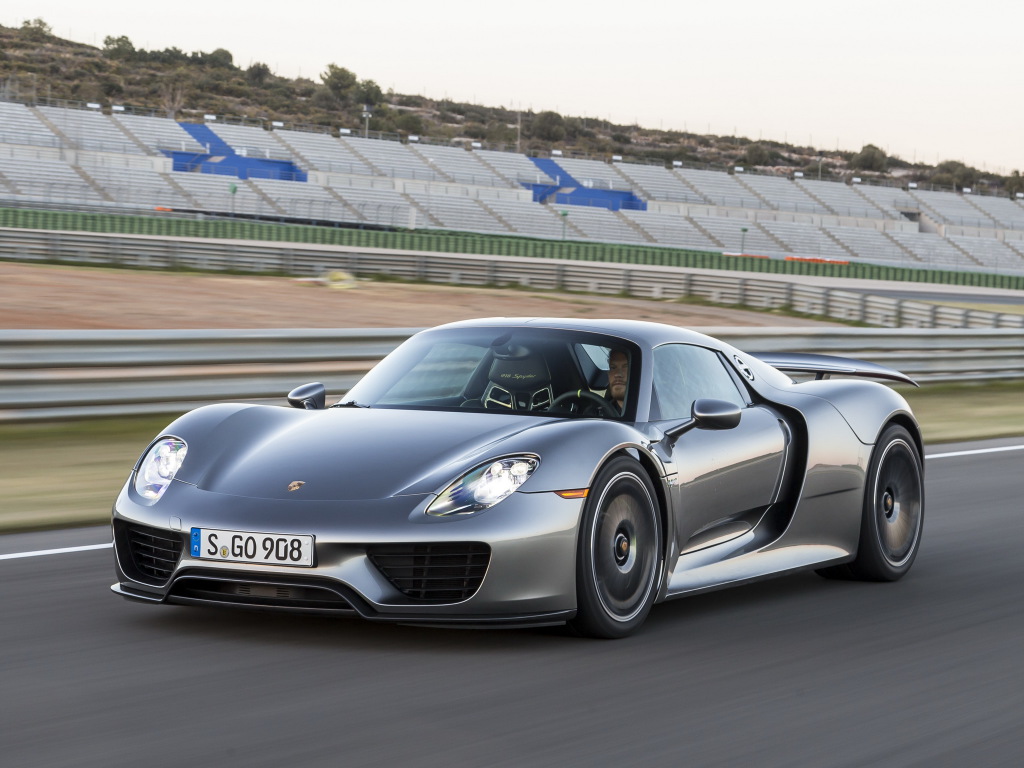
So now that you have a basic understanding of how awd systems work, which one suits you better?
Hope you enjoyed this small article on how AWD systems works!
stay tuned for more knowledge.
Odisseas Sophocleous BSc Motorsport engineering.
References
2011. Bosch Automotive Handbook. [Erscheinungsort nicht ermittelbar]: Robert Bosch.
Jacquot, J., 2022. All-Wheel-Drive Systems Explained. [online] Car and Driver. Available at: <https://www.caranddriver.com/features/a15102281/best-all-wheel-drive-system/> [Accessed 16 February 2022].
https://www.awdwiki.com/en/audi/ Audi Quattro explained.


